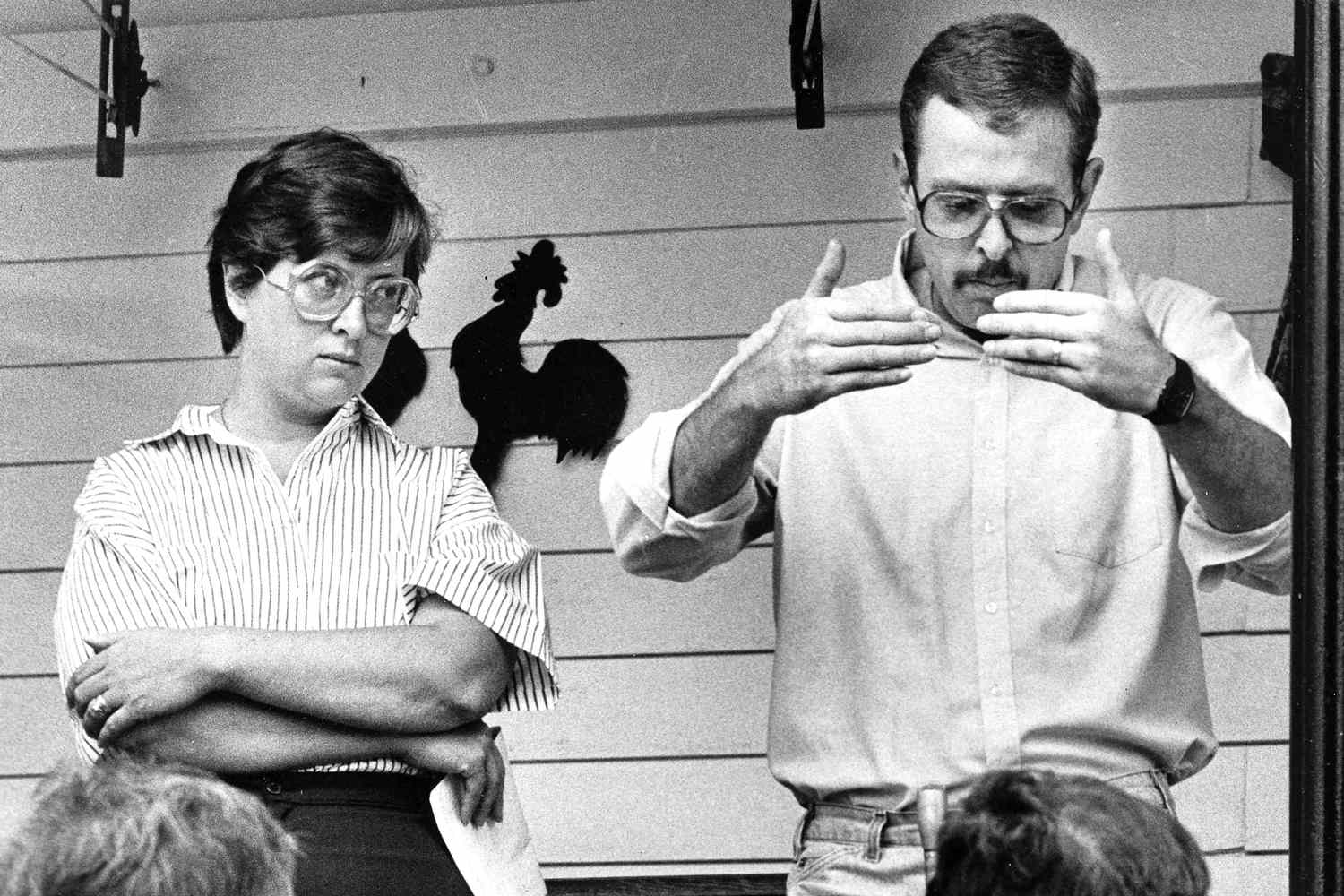
Madame Strangeways: Spooky True Paranormal Stories
Join Madame Strangeways for spooky true paranormal stories and ghost stories. After each eerie true strange story, the Madame shares her observations and analysis, ranging from spooky history, creepy folklore, and the supernatural to more mundane theories. Whether you're a believer, a skeptic, or some secret third thing, the Madame has something spooky and strange for you.
Always Remember: You can feel afraid and not be in danger.
Recent Episodes
Unexplained House Shaking | True Paranormal Stories & Spooky History | Ep #45
Join Madame Strangeways for this true scary paranormal story by DC from Reddit about a harrowing, unexplained experience in her family's home that haunted them to this day. Stick around after the story for some attempts at mu...
Three Women in Black | Greek Witches | True Paranormal Stories | Ep #…
Join Madame Strangeways for this true scary paranormal story by Good_Composer_8409 about three women in black seen waiting, perhaps lurking, outside her Grandma's house in the Greek village she lives in. Are they witches? Do ...
Strangetober Macabre Minisode #7 | True Paranormal Stories for Hallow…
All October long, Madame Strangeways celebrates Strangetober and Strangeoween with bonus mini episodes of spooky paranormal stories for Halloween! These macabre minisodes are narrations only, no commentary, but full episodes ...
Strangetober Macabre Minisode #6 | True Paranormal Stories for Hallow…
All October long, Madame Strangeways celebrates Strangetober and Strangeoween with bonus mini episodes of spooky paranormal stories for Halloween! These macabre minisodes are narrations only, no commentary, but full episodes ...
The Legend of Sleepy Hollow AKA Brom Bones Apologists Anonymous | Hal…
Join Madame Strangeways for this deep dive into the Legend of Sleepy Hollow by Washington Irving. Learn about the spooky history, culture, and weird folklore surrounding the classic American ghost story of Ichabod Crane and t...
Strangetober Macabre Minisode #5 | True Paranormal Stories for Hallow…
All October long, Madame Strangeways celebrates Strangetober and Strangeoween with bonus mini episodes of spooky paranormal stories for Halloween! These macabre minisodes are narrations only, no commentary, but full episodes ...
Recent Blog Posts
Halloween Strangetober Playlist
100 spooky songs just in time for 2025 Halloween Halloweek and the final week of Strangetober. Here's the spotify Halloween playlist I built including years of spooky listening and, of course, your recommendations! Thanks to every Stranger and Stran…
Is The Conjuring 4: Last Rites Based on a True Story?
Is The Conjuring 4: Last Rites Based on a True Story? To put it briefly, probably not. To put it even more briefly, absolutely positively definitely not. Oh, that was actually way less brief, sorry about that. Just in time for the newest Conjuring …
The Smurl Family Haunting AKA The Conjuring: Last Rites
On September 5, the newest of The Conjuring cinematic universe will be released: The Conjuring: Last Rites. But what's the real story behind the movie? Join me on September 3 for the first of a two part episode on the Smurl family haunting, rev…









